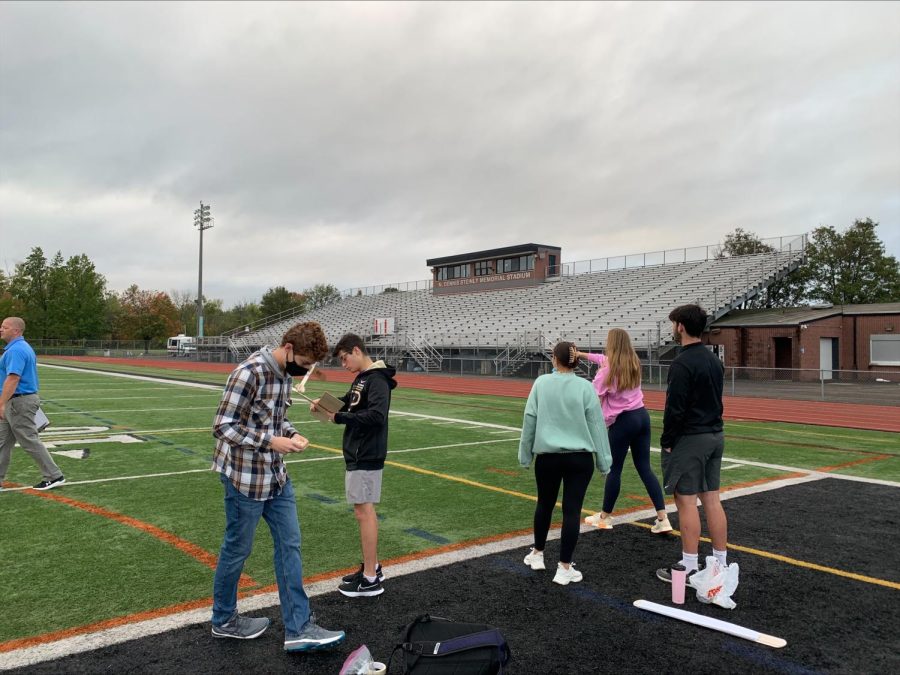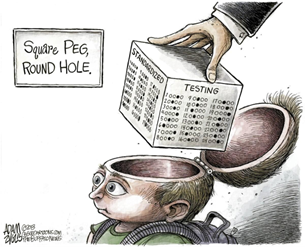Aircraft 101
Students in Mr. Grady’s first-period Intro to Engineering class fly their planes on the field of Steinly Stadium.
After a year of online and hybrid learning, the school has transitioned into a more collaborative environment. Students can learn and do activities together in school with friends and classmates.
Engineering and math teacher Mr. Grady said, “The difference compared to last year is that this year, I can provide students with supplies, whereas last year, students had to look for supplies at home, come up with ideas themselves and build projects independently. This year’s more collaborative.”
With Mr. Grady’s first-period engineering class starting their first project designing an aircraft, students filled the classroom with materials. Everything was more hands-on than last year’s virtual learning and hybrid, where students had to do projects primarily by themselves, keeping the six feet distance.
Building and designing an aircraft is an arduous process. Making sure the plane flies requires many trials and errors. Even some students raced to see whose aircraft flew the farthest, turning it into a competition.

The day after the students finished their projects, Mr. Grady brought his class to the football stadium and watched students fly their aircraft with the goal distance of 15 yards. Some aircraft flew beyond that while others did not.
Mr. Grady said, “I think this project is a good gauge of whether students grasp the idea that engineers need to do a lot of research ahead of time before they can proceed with building something. The design part of it is a big part of the process. This project really shows if students understand and dig deep into aeronautical engineering.”
Senior Ryan Mittman, who didn’t exceed the 15 yard distance, said, “The project was pretty cool; we got to learn the fundamentals of flight and what it takes to build a glider. But I would build my plane using different materials and make the wing of my plane smaller.”
Junior Katherine Jia, who didn’t exceed the 15 yard distance, said, “To improve my glider, I would add a longer wing to make my plane better.”
Junior Sean Reilly, who reached the 15 yard distance, said, “It was fun, and I enjoyed working on the project. I would give it a thumbs up. I learned I shouldn’t have a really long wingspan because that really messed up my plane.”






